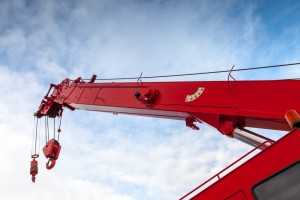 Small details matter in the construction industry; failure to mobilize a fleet or damaged equipment may delay the completion of a project. Inventory needs to be in top condition at all times, not only to reduce costs and deliver results, but also to ensure the safety of workers.
Small details matter in the construction industry; failure to mobilize a fleet or damaged equipment may delay the completion of a project. Inventory needs to be in top condition at all times, not only to reduce costs and deliver results, but also to ensure the safety of workers.
Riggers and lifters face risks each time they start work; faulty equipment may drop tons of items on them or knock them off balance, causing untimely death or severe injuries. The safety of workers is in the hands of managers; they must make sure that rigs and lifting inventory are in good condition and display no signs of damage.
Avert Safety Hazards
Construction workers are always at risk each time they go to work. The possibility of falling off a platform, collapse of scaffolding, falling objects and other hazards increase whenever a worker uses faulty equipment. To reduce safety risks, mobile onsite testing is a necessity.
A proof test determines the fitness of a load-bearing structure; this measures the capability of a rig or any equipment that lifts heavy items on-site. Equipment put through this test lifts loads above its expected use, which demonstrates its design margin and safety. This test is non-destructive and will help construction managers identify any weaknesses or damage to prevent hazards from occurring.
Improve Safety Standards
Any rigging or other construction equipment must meet safety standards before being put to use to prevent deaths or severe injuries. Accidents on-site affect worker morale and are costly; your company has to compensate for the damages, hospital fees or any other cost when a worker gets hurt on-site.
A proof load test verifies that an existing piece of equipment is ready for use. Cranes and derricks undergo proof testing, when used for potentially dangerous and heavy loads or high value cargo. The ropes, cables, slings and shackles also go through tests to prevent hazards or breakage when moving objects.